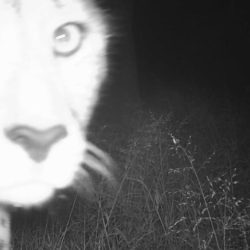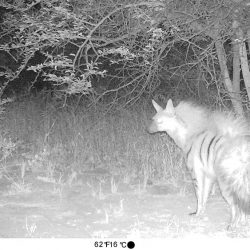Eyes in the Bush, Brains in the Cloud
-
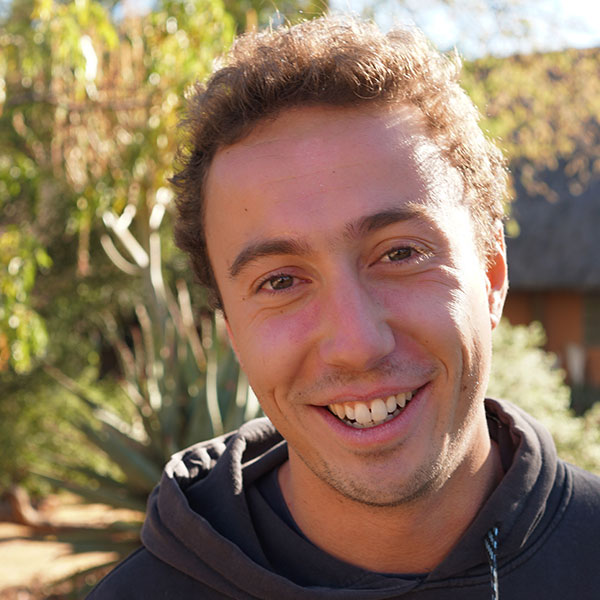
- by Stijn Verschueren February 1, 2022

Technology paves the way for conservation challenges
Remotely-placed, motion-triggered cameras give us a unique view on animal life in the wild. They allow us to observe and understand the natural world with minimal human interference, which is critical to study cryptic and elusive species such as cheetahs. Camera traps are indispensable to an ecologist’s toolbox and so do CCF researchers heavily rely on the use of camera traps in their mission to save the cheetah.
Over recent years, technological advancements revolutionized camera trapping methodology. Where researchers twenty years ago had to collect analog film rolls on a weekly basis, the digital era improved image quality, prolonged battery life and increased memory capacity. Researchers are now collecting large amounts of images, to a point that the instream of data becomes overwhelming and too large to process manually.
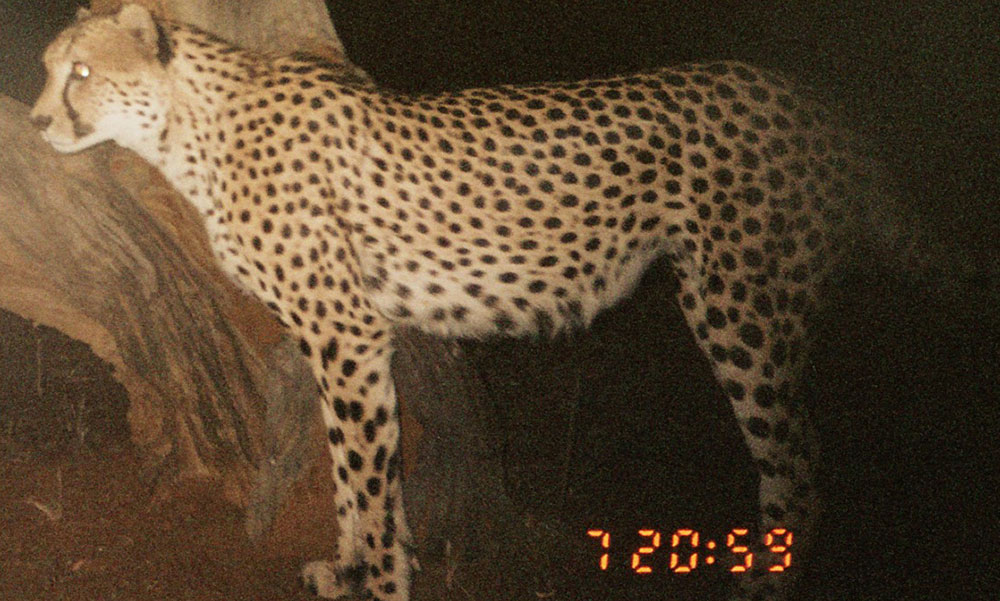
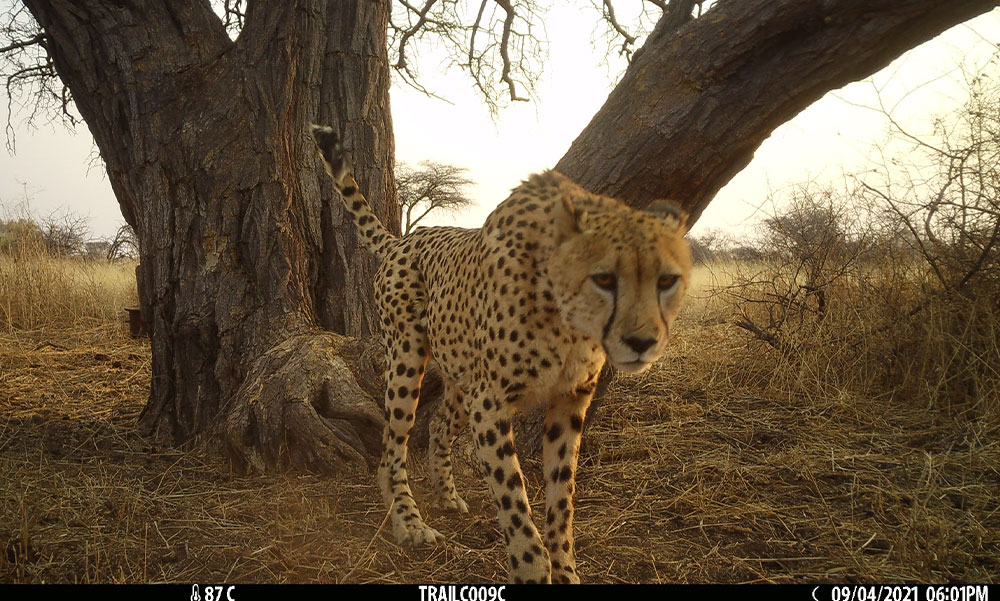
Artificial Intelligence to the rescue! Computer vision, machine learning, pattern recognition and various sophisticated algorithms have great applications in modern human societies. So why not using these for the protection of planet earth? This question was tackled by the Canadian non-profit Tech 4 Conservation, whom CCF has partnered with to apply technical solutions for cheetah conservation and the challenges related to camera trapping.
Processing camera trap images follows distinct stages. The first one is filtering out ‘empty’ images. Wavy vegetation on windy days often falsely triggers the motion detector of camera traps and can account for up to 90% of the images collected. Following this, the animal needs to be detected in the image and it needs to be labeled as the correct species. For cheetahs, individual identification is also required to gain an in-depth understanding of their population status and dynamics. This can be achieved by comparing the spot patterns and their coats, which are like fingerprints and often used as a unique identifier.
CCF recently collaborated with two AI-driven platforms for the processing of its camera trap data: TrapTagger and African Carnivore Wildbook. Both platforms automate the different stages in the classification process, which greatly reduce data processing time. CCF staff can now allocate efforts to the analysis of the data itself and work out informed and targeted conservation interventions that protect cheetahs and their environment!


Technology is paving the way for conservation challenges, permitting CCF to continue and expand its conservation work across the cheetah’s range. Camera trapping is a fundamental aspect of this work and CCF researchers are determined to continue this work with the support off cutting-edge technology.
Camera traps were funded by the Indianapolis Zoo Awards Global Conservation Grant, and also by the Go Green Fund (initiated by Nedbank Namibia and Namibia Nature Foundation) and private donations.
Related Reading
-
May 29, 2020
Cheetahs and Hyenas on CCF’s Camera Traps -
January 28, 2018
Camera Traps at CCF’s Reserve -
November 30, 2017
Go Green Project Second Anniversary

